First initial meeting with the neurofeedback practitioner/psychotherapist and Brainwaves.
This post is a continuation from my previous post
I was incredibly desperate to figure out why my brain was suddenly and abruptly malfunctioning. There were a plethora of problems with my head and after seeing a board certified neurologist I was left with no answers as he was careful not to fully explain what was going on. I was particularly irritated that a neurologist suggested that my five years of head hits from playing American Football, as a high school kid (8th grade-12th), was barely a factor with what was wrong with my head compared to my past childhood traumas.
Initially, I was concerned I was suffering from CTE but no one really diagnoses it. It just so happens PTSD is supposed to affect the same area of the brain as CTE. I'm still left utterly confused as to how 5 years of head heads do not affect the condition of my head.
Finally, after a month of searching I had found a psychotherapist who was doing Neurofeedback therapy, that my neurologist suggested I find. She was doing Infra-low frequency neurofeedback.
Infra-low Frequency(ILF) neurofeedback
refers to training the very slowest brainwaves (less than .5Hz).
These basic cortical rhythms of the brain underlie our higher brain functions. The slower frequencies are linked to the faster ones through harmonics (study 1); this means that by training the lower frequencies you can effect the higher ones, and vica-versa. (study 2)
The long wavelength of Infra-Low brainwaves make them difficult to detect and accurately measure, so little research has been done. They appear to play a role in brain timing and network function.
Source
We had an initial talk therapy session, which I insisted should be 3 hours. Basically, she was nodding off halfway through and forgot most of everything I told her. Although she did imply that the type of Neurofeedback therapy that she was using would make my perceived past issues irrelevant. She was highly confident with her type of Neurofeedback therapy, so much so she marginalized my past experiences excluding a specific event at 11 years old; yes even my 5 years of traumatic head hits from sports just like all the doctors and therapists before. This diagnosis was without an MRI but rather with a cat scan that indicated no obvious brain damage.
In all fairness, just what happened to me at 11 years was enough to make the previous therapists on this recent journey cry after just 20 minutes. The point was that she didn't seem as acute as most therapists I have seen and she was already suggesting an opposing perspective to my neurologist's opinion while marginalizing all my past head traumas and forgetting half of my situational traumas. These points slowly became more apparent over time. She would later explain that she has fibromyalgia. This should have been a huge red flag as fibromyalgia affects the brain as much as anything else in the body.
Fibromyalgia is a disorder characterized by widespread musculoskeletal pain accompanied by fatigue, sleep, memory and mood issues. Researchers believe that fibromyalgia amplifies painful sensations by affecting the way your brain and spinal cord process painful and non-painful signals.Source
How my story starts is more believable now, than ever before in 2021; than at any point in my life… A Corrupt cop father who was an abusive alcoholic, uses his position as a cop to cover up crime, and then both parents die by the age of eleven; from suspicious reasons. Anyways that's just two minutes of three hours, not to mention there is three more hours of traumatic nonsense I could have gone on about; so let's move on.
Before being treated with Neurofeedback therapy.
After our first initial session we scheduled for myself to come and start Neurofeedback sessions two times a week for the first few weeks. The psychotherapist explained how she was going to train my brain like a muscle and that for the first two to four weeks of treatment it would cause exhaustion, increased dizziness, depression and flashbacks; all of which I was already experiencing.
However, first the therapist had to read my brainwaves. This was to establish a baseline for treatment.
Brainwaves and Neurofeedback therapy.
Brainwaves, the monitoring and manipulation of such with EEGs, is the best way to broadly describe the mechanisms of Neurofeedback.
Registration of patterns of Brainwaves in Neurofeedback therapy/training is the first step to reveal its dysfunction and to regulate it to achieve the desired brainwave state at will. At the root of all our thoughts, emotions and behavior is the communication between neurons within our brains. Brain activity is changing under the influence of our thoughts, emotions, different disorders, etc. and cause changes in our behavior and health.
Source
There are important types of brainwaves that are observed and used to determine the approach/areas of the brain needing to be focused on.
There are five main patterns of brain waves: DELTA, THETA, ALPHA, BETA, and GAMMA. Each brainwave state corresponds to a different state of awareness.
We normally cycle in and out of these different brainwave states throughout the day and night. All brainwave states are essential but should be experienced appropriately — at certain times and in a certain proportion.
...Neurofeedback treatment protocols mainly focus on the alpha, beta, delta, theta, and gamma training/treatment or a combination of them such as alpha/ theta ratio, beta/theta ratio, etc
Source
The five types of brainwaves observed and manipulated with Neurofeedback therapy.
All referenced material below, including pictures, is from:
https://biofeedback-neurofeedback-therapy.com/brainwaves-in-neurofeedback/
Website does not have a SSL
There is lots more pertinent information in the above referenced article link, if you are curious to read further.
Delta
Delta Waves (1-4 Hz) are slow brainwaves, which begin to appear in stage 3 of the sleep cycle, and by stage 4 dominate almost all EEG activity. At this stage, healing and regeneration are stimulated and are considered essential for the restorative properties of sleep.
An excess of delta waves when a person is awake may result in learning disabilities and Attention Deficit Hyperactivity Disorder (ADHD), and make it extremely difficult to focus. It has been found that individuals with various types of brain injuries produce delta waves in waking hours, making it extremely difficult to perform conscious tasks. Sleepwalking and talking tend to occur while delta production is high.
Source
Theta
Theta waves (4-8 Hz) are particularly involved in day-dreaming and sleep. Cortical theta is observed frequently in young children, but in older children and adults, it tends to appear during meditative, drowsy, or sleeping states. In theta, we are in a dream; vivid imagery, intuition and information beyond our normal conscious awareness. It’s where we hold our fears, troubled history, and nightmares. Theta is our gateway to learning, memory, and intuition. In theta, our senses are withdrawn from the external world and focused on signals originating from within.
When we are awake, excess theta levels can result in feeling scattered or day-dreamy and is commonly reported in ADHD. Too much theta in the left hemisphere is thought to result in lack of organization, whereas too much theta on the right hemisphere results in impulsivity. Theta in people with attention disorders is often seen more towards the front of the brain.
Source
Alpha
Alpha waves (8-12 Hz) dominate during moments of quiet thought, and similar to meditative states. Alpha brain waves are present in deep relaxation and usually when the eyes are closed. It is an optimal time to program the mind for success and it also heightens your imagination, visualization, memory, learning, and concentration. Alpha waves aid overall mental co-ordination, calmness and alertness, mind/body integration and learning. The brain produces consistently higher magnitudes of alpha waves when the brain is in an idle state. This is why alpha is sometimes referred to as the idle brainwave. Some studies claimed that alpha rhythm has two subsets: lower alpha in the range of 8-10 Hz and upper alpha in the range of 10-12 Hz. It is believed that lower alpha is related to remembering action in semantic memory which is not the case for high alpha.
When the brain is healthy and well regulated, it produces more alpha waves on the right than on the left side. The voice of Alpha is your intuition, which becomes clearer and more profound the closer you get to 7.5Hz.
Alpha rhythm is most prominent in occipital derivations and attenuated by eye-opening. Alpha tends to be highest in the right hemisphere, and too little alpha in the right hemisphere correlates with negative behaviors such as social withdrawal. This is also seen in people with depression, particular with too much alpha frontally. Alpha is involved in active and adequate inhibition of the irrelevant sensory pathways.
Source
Beta
Beta waves (12-30 Hz) represent our normal waking state of consciousness when attention is directed at cognitive tasks and the outside world. Beta is ‘fast wave‘ activity and dominated when we are alert, attentive and engages in problem-solving, decision making and focussed mental activity.
Low beta or so-called Sensorimotor Rhythm (SMR) (12-15 Hz) is thought to be ‘fast idle’, or musing thought. It is reflecting mental alertness, physical relaxation and closely related to readiness for action and attentive listening.
Beta (15-20 Hz) reflects high-engagement and actively figuring things out, thinking, focusing, sustained attention, tension, alertness, excitement.
High Beta (20-30 Hz) is highly complex thought, integrating new experiences, high anxiety or excitement. Continual high-frequency processing is not an efficient way to run our brains, and can result in tension and difficulties relaxing, and if present at night, can result in difficulties settling the mind and falling asleep.
Beta waves tend to dominate in the left hemisphere, and too much beta on the right can be correlated with mania.
The brain produces consistently higher magnitudes of beta waves when the brain is externally focused, alert, involved in critical reasoning, thought and concentration. Beta represents the fastest processing speed and when the brain is well regulated, it produces more beta waves on the left than on the right side.
While Beta brain waves are important for effective functioning throughout the day, they also can translate into stress, anxiety, and restlessness.
Source
Gamma
Gamma brainwaves (30-100Hz) have the highest frequencies of any brainwave, oscillating between 30 to 100 Hz. They are associated with peak concentration and high levels of cognitive functioning. A synchronous burst of gamma bandwidth has been found during “ah-ha” moments.
Low levels of gamma activity have been linked with learning difficulties, impaired mental processing, and limited memory, while high gamma activity is correlated with a high IQ, compassion, excellent memory, and happiness.
Gamma brainwaves are currently of limited clinical value, as it is argued that it cannot be effectively measured using current EEG technology, due to muscle contamination. While promising research has suggested that Gamma training can be successfully implemented to enhance intelligence, it will not be of proper clinical use until this issue of technology is resolved.
Source
Wow, that was a lot of information to absorb! Just as with the previous I made on Neurofeedback therapy, I will leave it here for now; with important information to reflect upon before going on further.
Hopefully, better understanding key aspects and terminology will help my audience better understand the experience I had and if Neurofeedback therapy might be a viable option to pursue with a doctor's supervision.
Next week or later this week, I will continue on with my experience having my head hooked up to the Infra-Low Neurofeedback machine for my first brain reading. Understanding brainwaves first, is very important however.
Thank you for stopping by!
Originally posted here: https://hive.blog/hive-196387/@dynamicgreentk/brainwaves-and-neurofeedback-therapy
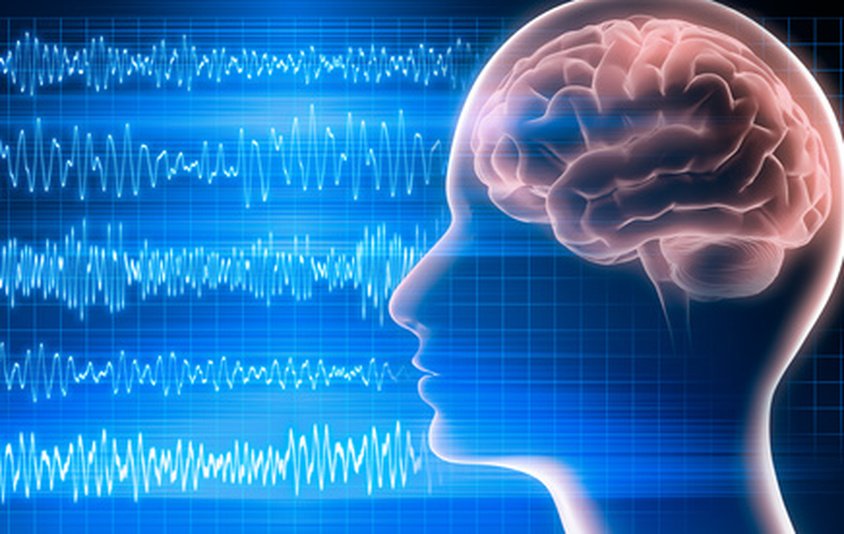



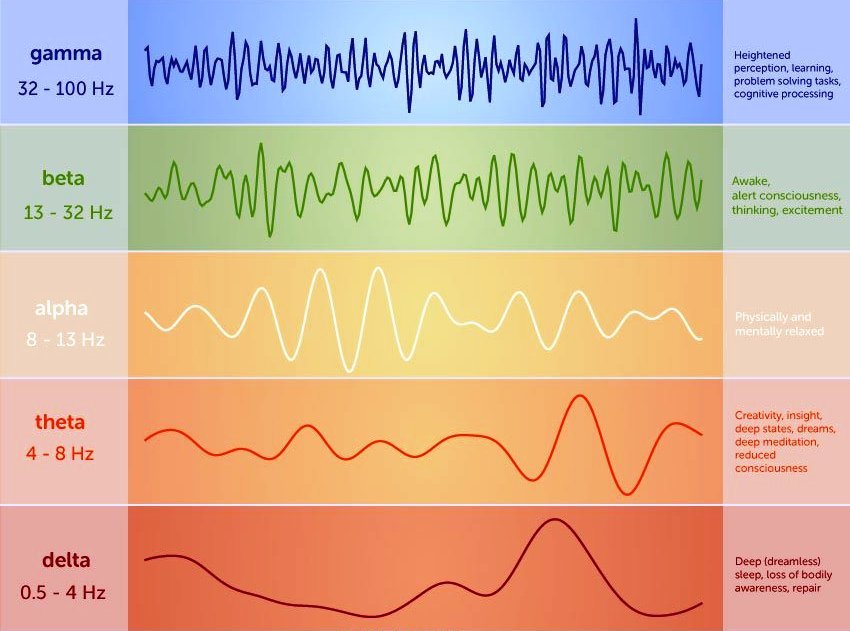
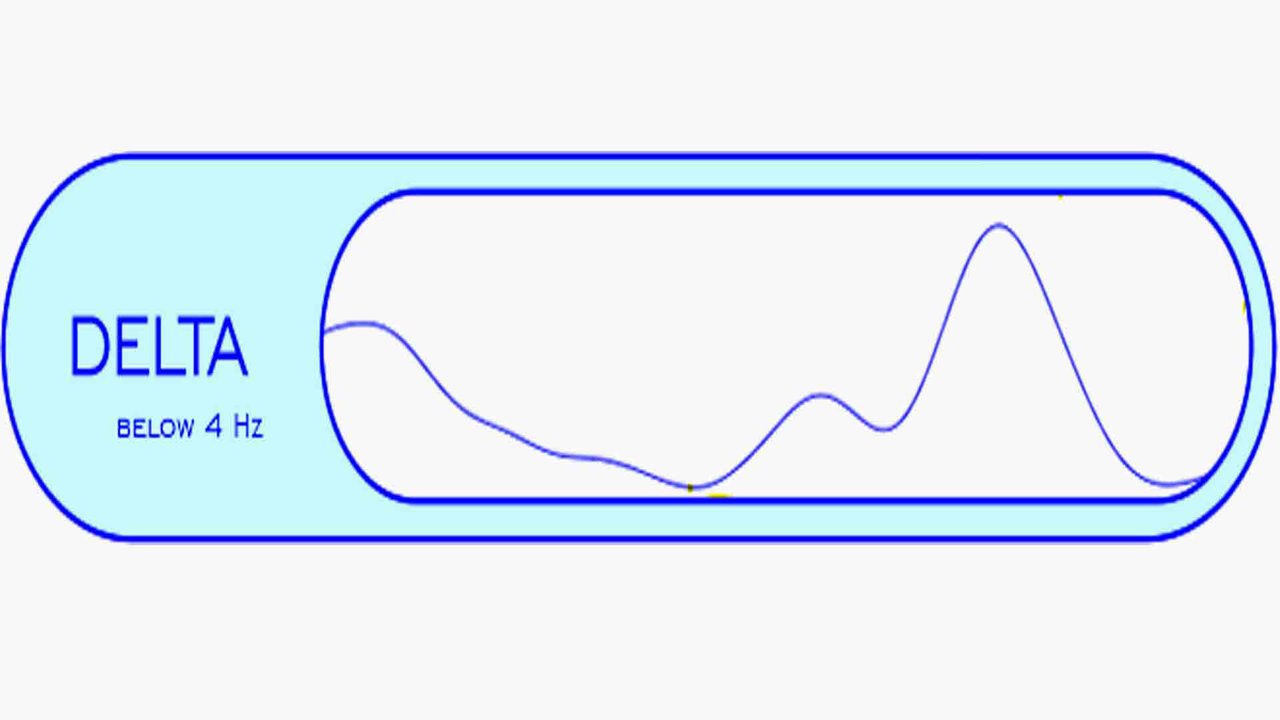
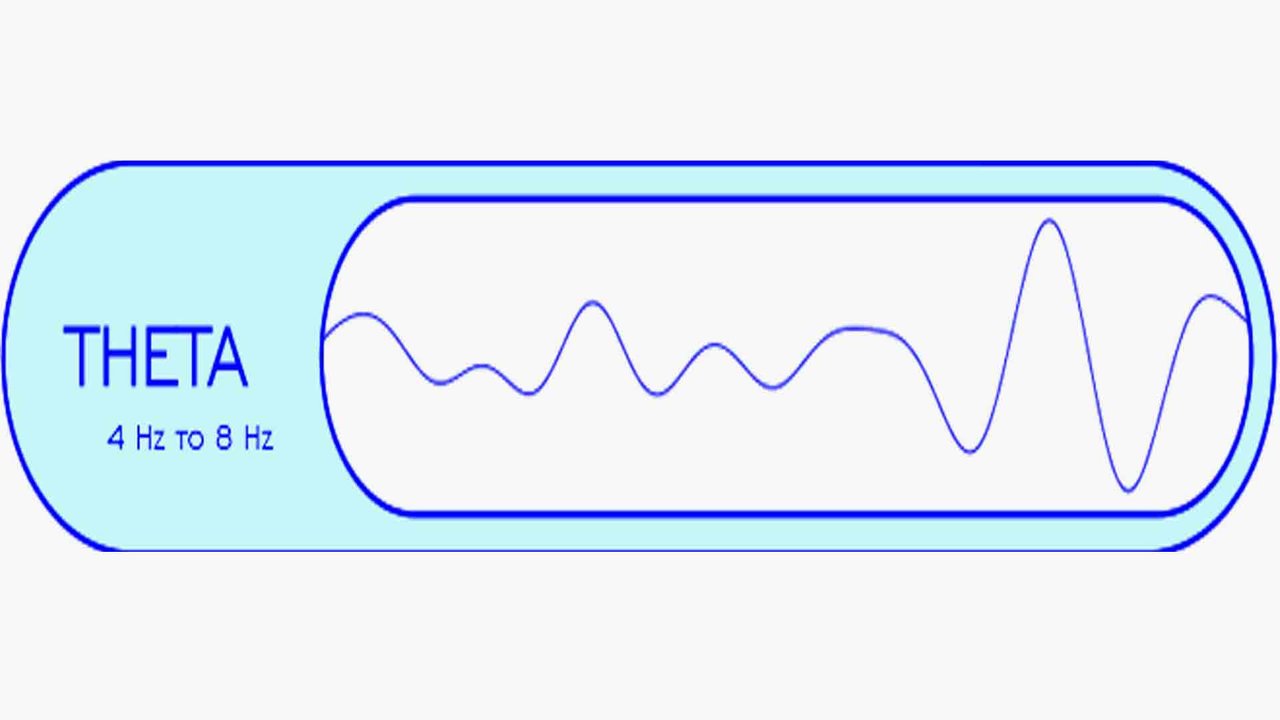
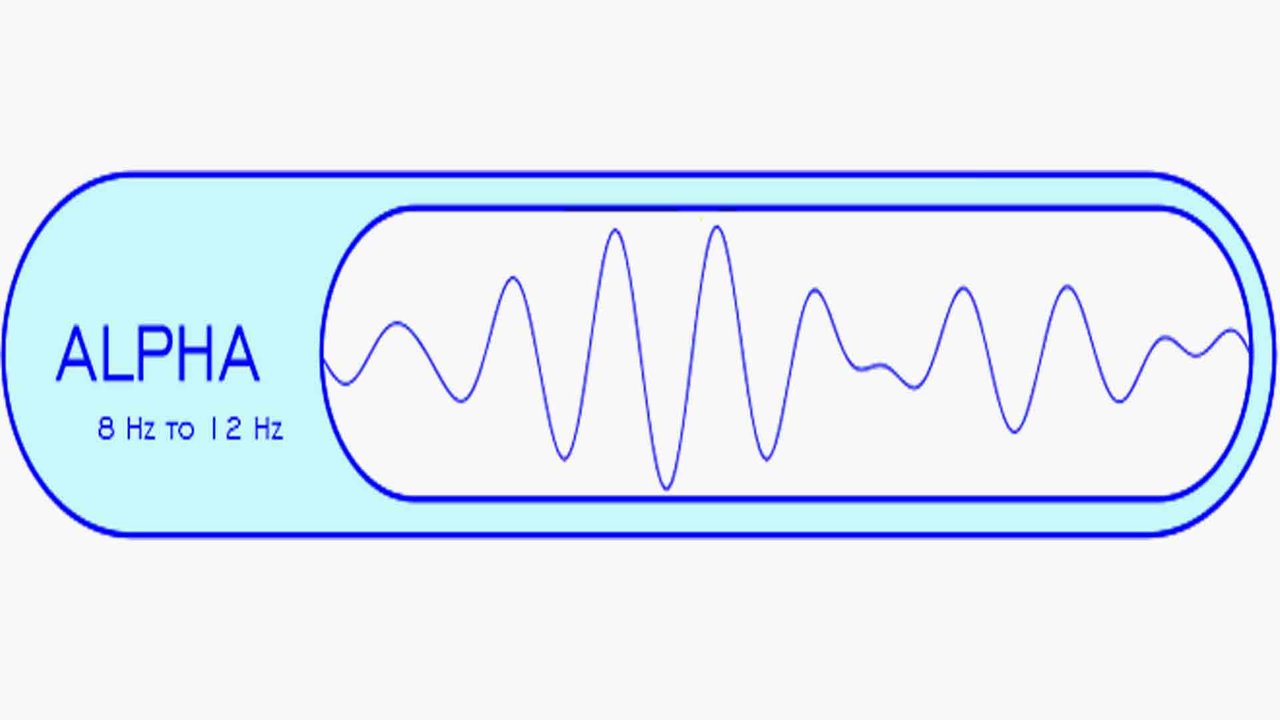

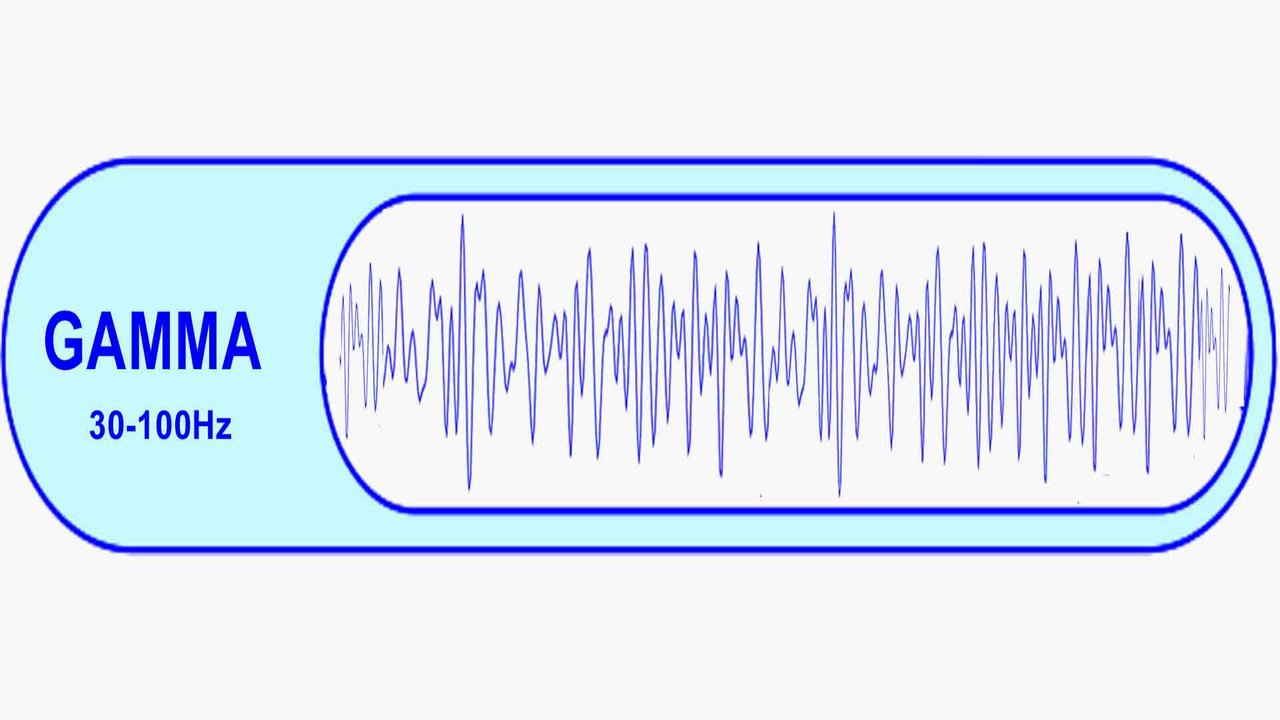
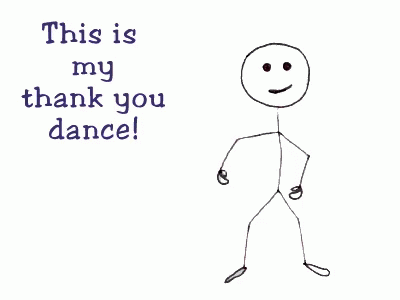
No comments:
Post a Comment